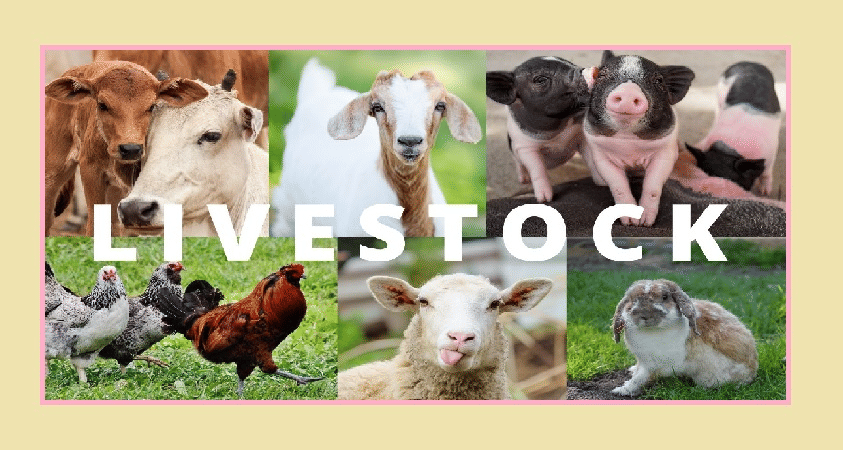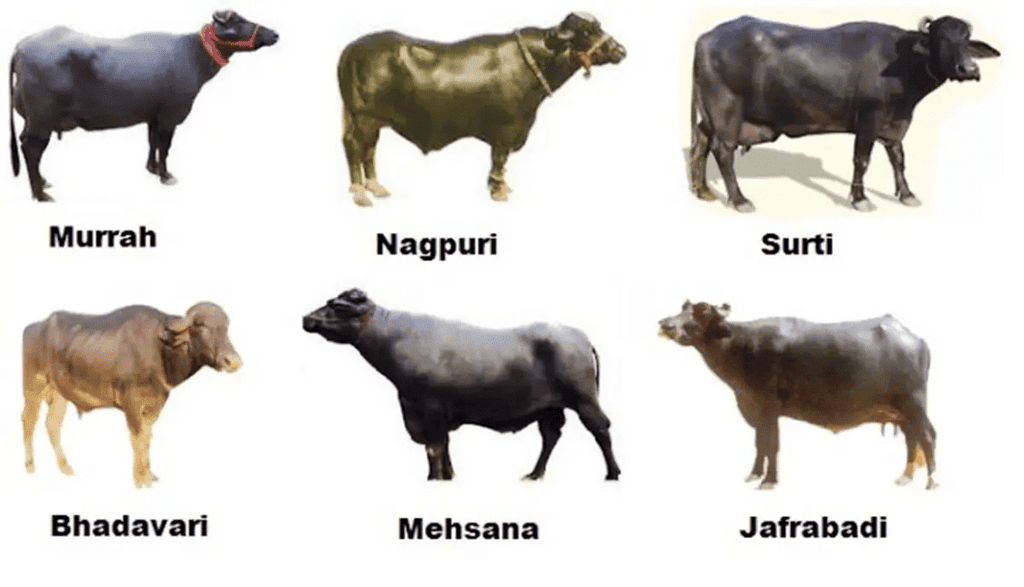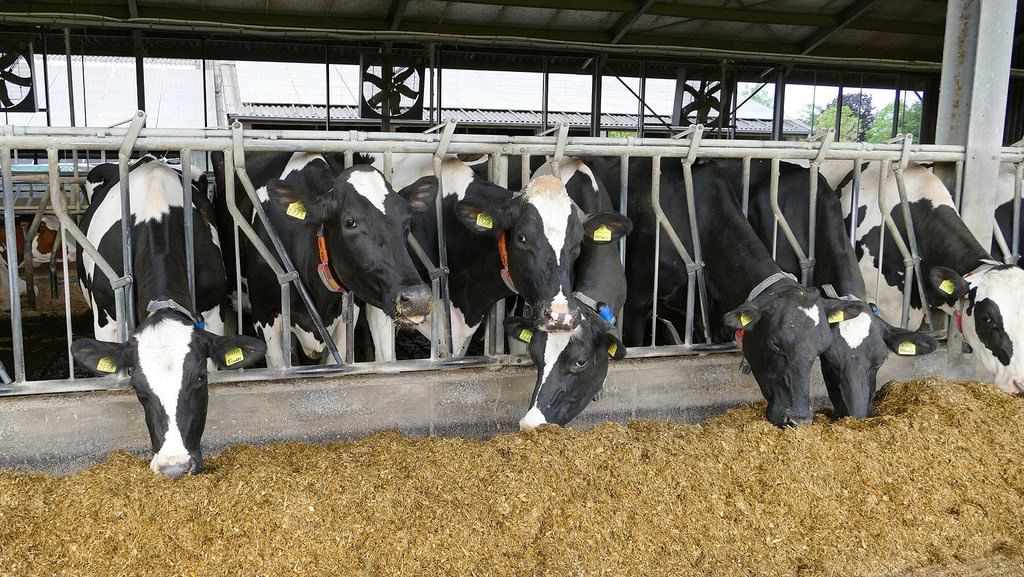Introduction to Animal Husbandry | Biology for Grade 12 PDF Download
| Table of contents |

|
| Animal Husbandry |

|
| What is Livestock? |

|
| How many Breeds of Cattle Exists in India? |

|
| Breeds of Buffaloes |

|
| Important breeds of Indian Cattle |

|
| How to Feed Cattle? |

|
As the world's population keeps growing, it's important to find ways to produce more food. The use of biological principles in raising animals and breeding plants is crucial in our efforts to increase food production. Exciting new techniques, such as embryo transfer technology and tissue culture, will play a key role in helping us produce even more food.
Animal Husbandry
Animal Husbandry is Science of rearing, improvement and caring of domesticated animals.
- Animal husbandry is an important skill for farmers, and it involves breeding and raising livestock like cows, pigs, horses, sheep, and more. It's both a science and an art because it requires knowledge and skill.
- Animal husbandry also includes activities like poultry farming and fisheries, which involve taking care of birds and raising fish, shellfish, and crustaceans like prawns and crabs.
- Humans have been using animals for various products like milk, eggs, meat, wool, silk, and honey since ancient times.
- India and China have the majority of the world's livestock, with over 70 percent of the population.
However, it's interesting to know that their contribution to global farming output is only 25 percent. This means that the productivity per animal is quite low. To improve the quality and productivity, we need to not only rely on traditional animal breeding and care methods but also adopt new technologies.
What is Livestock?
Domesticated animals, especially the farm animals, kept for profit are collectively called live stock.
Example: Cattle, buffaloes, sheep, goat, pigs, horses, camel.
 Livestock
Livestock
(i) Agriculture Operations :They are main source by pulling carts & wagons.
They are also helpful in agriculture operations like ploughing, harrowing, levelling etc.
(ii) Milk: They provide milk which is an important food having all essential nutrients.
(iii) Transport: They are used in driving carts for transportation of men & materials.
(iv) Manure & fuel: The dung provided by them acts as a valuable manure for maintaining the fertility of soil.
- It is also used for preparation of biogas.
- Dung cakes provide cheap fuel.
(v) Leather: Hides obtained from these animals are used for the preparation of leather goods.
(vi) Glue & Gelatin: Their bones, horns and hoofs yield glue & gelatin.
(vii) Meat: Beef & Buffalo meat are eaten by certain people.
How many Breeds of Cattle Exists in India?
- There is a variety of breeds of cattle & buffaloes in our country.
- All of them differ in general body build, colour, forehead, form of horns and geographical distribution.
- The best cattle breeds occur in the drier region of the country. There are 26 breeds of cattle.
- The most important breeds of milk cows are Holstein - Friesian, Jersey, Quernsey, Ayrshire, Brown swiss, Red Dane.
- Depending upon the utility, the cattle are classified into the following groups:
(i) Milch breeds (Milk producing animal)
(ii) Draught breeds (Used for working)
(iii) General utility breeds (Used for safety)
Breeds of Buffaloes
 Breeds of Buffaloes
Breeds of Buffaloes
Important breeds of Indian Cattle
MILCH BREEDS | Distribution |
1. Gir | Raj, Gujrat |
2. Sahiwai | Punjab, Haryana, U.P. |
3. Red Sindhi | Andhra Pradesh |
4. Decani | Andhra Pradesh |
DRAUGHT BREEDS | Distribution |
1. Malvi | Raj.,M.P. |
2. Hallikar | Karnataka |
3. Naceri | Haryana, Delhi, U.P. |
4. Kangayam | Tamilnadu & other parts of South India |
General Utility Breeds | Distribution |
1. Haryana | Haryana, Punjab, M.P. |
2. Ongole | Andhra Pradesh |
3. Kankrej | Gujrat |
4. Thaparkar | Gujrat , Ardhra Pradesh |
How to Feed Cattle?
In order to get good results cattle should be given a balanced feed containing sufficient quantities of carbohydrates, proteins, fats, vitamins minerals & water. Feeding of Cattle
Feeding of Cattle
Feed constitutes two main components i.e.,
(i) Roughage
(ii) Concentrate
Roughage contain large amount of fibre which include hay fibre and silage.
The concentrate is a mixture of cereal broken grams, rice polish, cotton seeds gram bran and oil take moisted in water.
These are rich in proteins highly palatable & digestable.
In our country, paucity of food & fodder is responsible for low milk production.
Along with underfeeding & overfeeding also affect the productivity of animals.
|
124 videos|215 docs|236 tests
|
FAQs on Introduction to Animal Husbandry - Biology for Grade 12
| 1. What is animal husbandry? |  |
| 2. What are the benefits of animal husbandry? |  |
| 3. What are the different types of animal husbandry practices? |  |
| 4. What are the key considerations for animal welfare in animal husbandry? |  |
| 5. How can animal husbandry contribute to sustainable agriculture? |  |





















